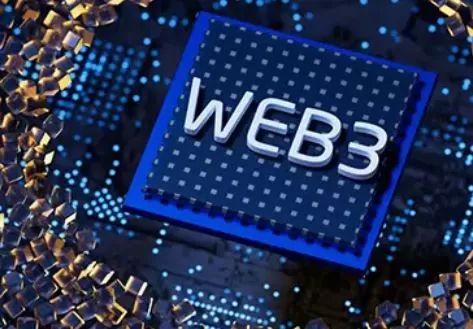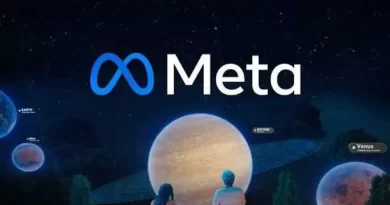Future of Web3: How Web3 marketplace Reshaped the world
People have always been interested in the Internet and how it has changed. A few years ago, no one would have thought virtual worlds would become real. The tech world is buzzing about the coming of web3 or web 3.0. What does the future of web3 have to do with the end of the Internet? Is web 3.0 an essential part of the future of the Internet?
These questions show how valuable Web 3.0 is and how it can be used. In the next section, we’ll talk more about the future of Web 3.0 and what it means. You can also learn more about the different ways to use web 3.0, making it an even more critical technology trend.
What Is Web3 Exactly?
Before learning more about the concept of “web3 future,” you must first comprehend what it means. You should be aware that your data on Instagram, Facebook, and TikTok is not your property. The majority of us use an extremely centralized, corporate-controlled internet today.
Web3, on the other hand, provides a creative response to these problems. Web 3.0, also referred to as web3, is an intriguing idea for the upcoming internet generation, and it shows users’ ability to control and own their digital assets and other online content. What will Web3’s global effects be? The straightforward response refers to the centralized process used by big businesses to produce and offer goods and services.
Let’s say we’re talking about a social media site like Facebook. Do you possess any legal rights to the data on Facebook? No, Meta is the sole owner of all Facebook assets, and it has total authority over user-generated content. Users of web 2.0 cannot manage or profit from the content they produce as a result.
What are the essential things about Web3?
Web3 is self-governing because it is stateful, strong, and has built-in payments. It has the following things about it:
Blockchain is where decentralized Web3 data is kept, so no single system can get to it all. It is spread out over many different platforms. This makes access more decentralized but also makes failure more likely.
Permissionless
In Web3, users can get to the Internet without needing any special permissions. Users won’t have to give out personal information in order to use certain services. There will be no need to give out any other information or give up any privacy.
Secure
Web 3.0 is safer than Web 2.0 because it is less centralized. This makes it harder for hackers to target specific databases.
Will Web 3.0’s future be in the metaverse?
The metaverse is a technological advancement, whereas Web 3.0 refers to standards. Due to its usefulness, the metaverse will undoubtedly play a significant part in the web3 development company. Above all, no single entity controls any user’s information or assets. Several service providers own the majority of the early-stage metaverse platforms.
The best illustration of the future of the metaverse is Facebook’s transition to Meta. The tech behemoth has assembled a 10,000-person team to work on its metaverse development project. Most importantly, the infusion of capital in the range of USD 50 million and the creation of new jobs give the metaverse’s expansion a substantial boost. Every interaction and experience in the metaverse would continue to be controlled centrally by companies like Facebook.
The Bottom Line:
The metaverse is a 3D environment in which you can interact with 3D characters, objects, and locations. For instance, you and your friends can play games on the creator’s property.
In the case of Web3, users can create, possess, market, and purchase their content. Users can also charge for their creations.
We must constantly monitor this system as it develops to determine whether it will widen the gap between people or seek assimilation shortly.




